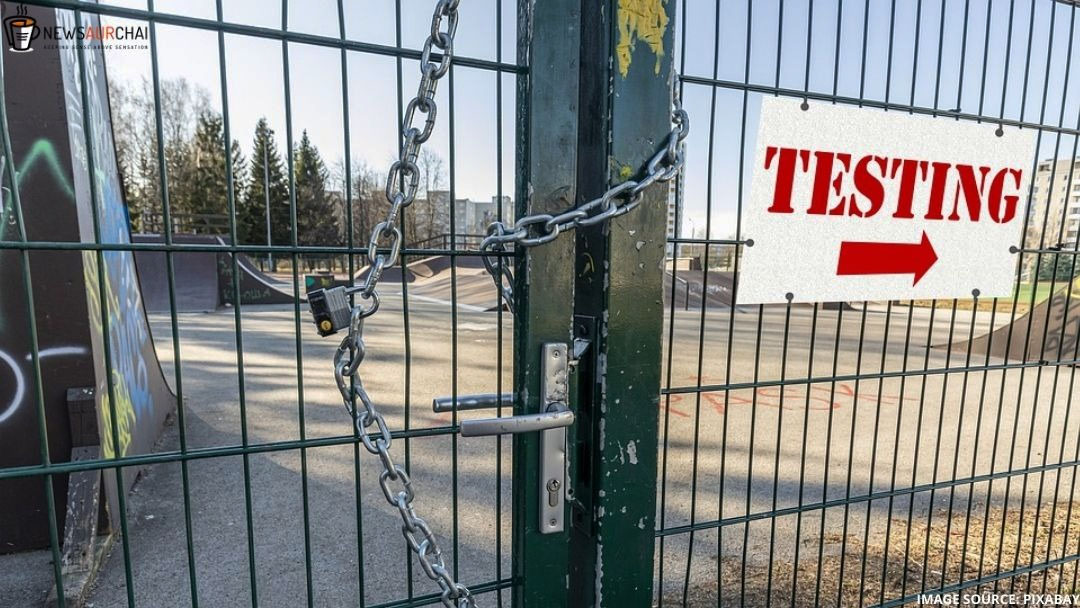
Asia’s biggest market went silent on March 30. The Lasangaon market in the western Indian state of Maharashtra is usually buzzing with farmers and traders. However, it is mostly migrant workers who are unloading, loading and grading onions – an indispensable part of the menu of millions of Indian’s – are missing.
The market, which accounts for a third of India‘s onion produce, managed to topple for nearly a week after India imposed a rigid 21-day lockdown, and all mode of transportation to prevent the spread of coronavirus.
The lockdown led to migrant workers travelling back to their village. However, farmers are able to reap the crops as the government have allowed essentials goods and services to operate. A few workers stayed back to keep the Lasangaon market running.
However, a report about a person tested positive for COVID-19 caused a halt of the market. Around 450 tonnes of onions were supposed to be transported all over India and to Mumbai port for export.
A similar situation was found in Bihar where workers are refusing to come to work to harvests. There is a lot of stigma and misinformation regarding the virus in villages where they have stopped stepping out of the houses entirely. Myths such as drinking cow urine or tea can prevent the infection is what people believe.
More than half of India’s workforce is engaged in farming, while agriculture contributes around 16 per cent to the country’s GDP. India is one of the world’s largest producers of crops like rice, wheat, sugarcane, cotton, vegetables and milk. Now that stopping farm activity will not only end up harming farmers and labourers but also affect food security in the nation. The lockdown couldn’t have come at a worse time.
Effect of lockdown on farmers
India’s peak farm activity happens between April and June. This is when the winter crop – wheat, rice and pulses along with various others – is harvested and sold. Moreover, it is also when farmers begin seeding the summer rain-fed crop, including paddy, pulses, cotton and sugarcane. The lockdown has hit both the season severely.
Condition of farmers before lockdown
Even before the outbreak, Indian farmers were struggling due to low crop prices that led to a massive slowdown of rural consumption. Even in regular times, farming had become not feasible, because of which the younger generation are hesitant to choose this occupation.
The farmer’s suicide rate in India had ranged between 1.4 and 1.8 per 100,000 total population, over ten years through 2005. However, the figures in 2017 and 2018 showed an average of more than ten suicides daily. Most of the suicides have been linked to poverty, debt, a sharp rise in costs and crop failures due to pest attacks or seasonal fluctuations.
Steps taken by the government to aid farmers
Post 36 hours of the announcement of lockdown, the government had declared a relief package of Rs 1.7 lakh crores aimed at providing a safety net for those hit hardest by COVID-19. However, critics have stated that the amount is inadequate.
State governments are striving to mop up funds to procure crops. Tamil Nadu in the south is planning to loan tractors to farmers, although it’s unclear whether they will be able to operate them. It is also not clear how supply chains will not be disrupted without opening up some public transport.
How will these migrant workers be persuaded to return to the farms? How quickly will nervous buyers of the crops begin to procure at pre-lockdown levels? If consumption reduces, there will be a rise in food prices in the market, and a further fall in income for farmers.
However, there is a silver lining amidst all this chaos. For instance, there are attempts to move things on the ground level.
India has over 7,500 big wholesale farm markets and another 25,000 small weekly markets. Some of these markets have reopened, and they are trying to figure out ways to operate by following social distancing.
Additionally, the winter crop has been plentiful, with a robust food stockpile – around 60 million tonnes of food grains – and the world’s largest state-run food distribution programme.
Chance of facing a food shortage is unlikely. Nonetheless, the challenges are in supporting farmers, sharecroppers and labourers until things return to normal. Transportation of the food from farm to markets is another issue; getting food to the poor and securing the harvest for the next season, is also to be looked upon
Despite all these setbacks, farmers are in anticipation of a horizon amid the chaos.






One Comment